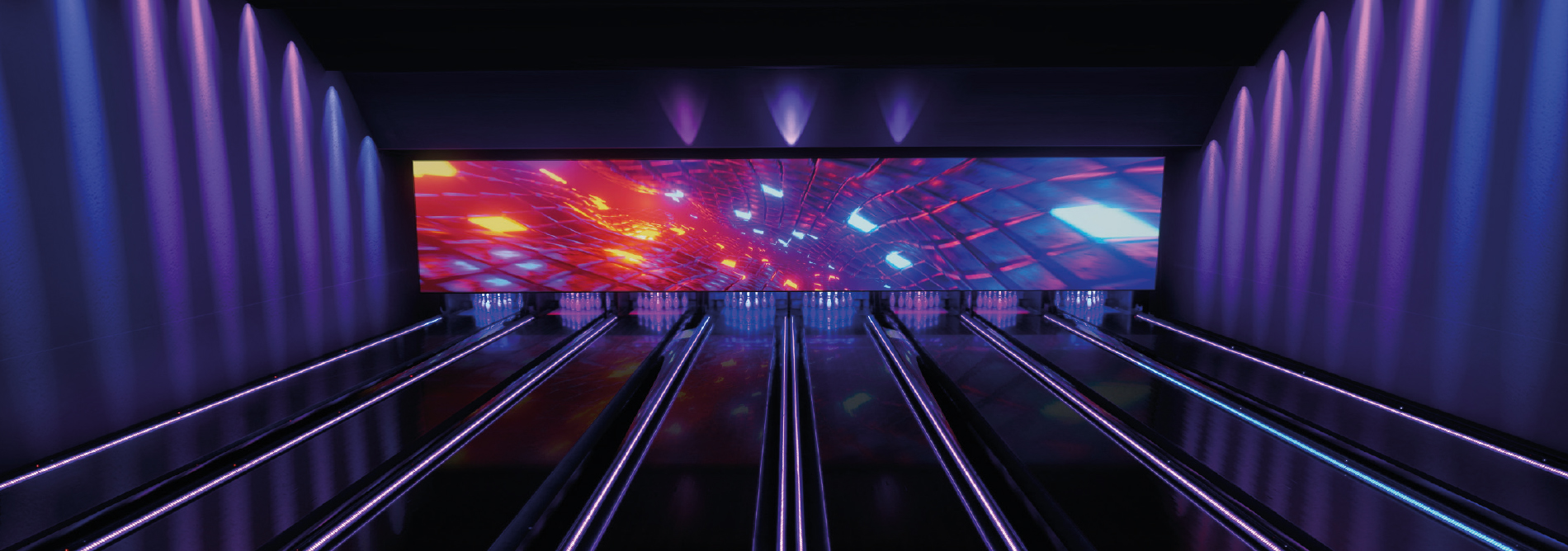Investigating the Durability of Light Emitting Diode Wall Screens in Contrast to Traditional Screen Technologies
Investigating the Durability of Light Emitting Diode Wall Screens in Contrast to Traditional Screen Technologies
Blog Article
LED panel screens have grown increasingly popular in current times, particularly in environments like educational institutions, businesses, and public spaces. These screens use light-emitting diodes (LEDs) to create vivid and lively visuals. One of the most significant advantages of LED technology is its longevity in contrast to traditional screen technologies, such as cathode tube monitors (CRTs) and LCD crystal displays. Understanding the distinctions in lifespan and performance between these options can help consumers make knowledgeable decisions about their display needs.
Classic display methods, like CRTs, have been around for many decades. They were commonly used in televisions and computer monitors. However, CRTs have a limited duration, generally lasting approximately 10,000 to 20,000 hours of operation. This means that after a few of years, consumers may notice a deterioration in picture clarity, such as dimming or hue deformation. In contrast, LED wall panels can last considerably longer, often exceeding 50,000 hours. This prolonged lifespan means that consumers can enjoy reliable functionality without the need for frequent replacements.
Another crucial factor to consider is power conservation. LED wall screens utilize less power than conventional screens, which not only helps the ecosystem but also lowers electricity costs. For instance, while a CRT monitor may use approximately 100 W of power, an LED panel can use as little as 30 to 50 W. This discrepancy in power consumption contributes to the overall durability of LED innovation, as lower power consumption generates less heat. Excess thermal energy can damage electronic parts, resulting to a shorter duration for traditional screens.
In furthermore to their longer lifespan and energy conservation, LED panel screens also offer enhanced visual clarity. They provide brighter hues and improved contrast, making them ideal for multiple uses, from advertising to educational presentations. The innovation behind LED screens allows for a wider sight angle, meaning that images stay sharp and vibrant even when viewed from the flank. This is a major benefit over conventional screens, which often experience from hue distortion and diminished brightness at wider perspectives.
In summary, the durability of LED wall panels compared to conventional screen methods is a key factor for consumers to consider. With you can try here durations that can surpass 50,000 hrs, energy efficiency, and superior image clarity, LED innovation offers many advantages. As technology continues to advance, LED panel panels are likely to turn even more common in multiple settings. Understanding these differences can help individuals and entities make improved decisions when investing in display technology, ensuring they get the optimal worth for their requirements.